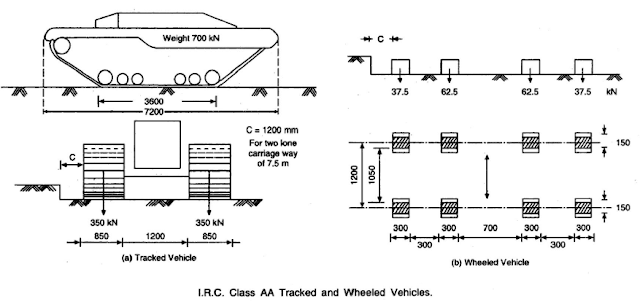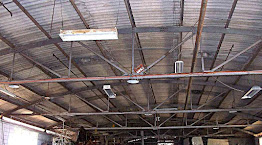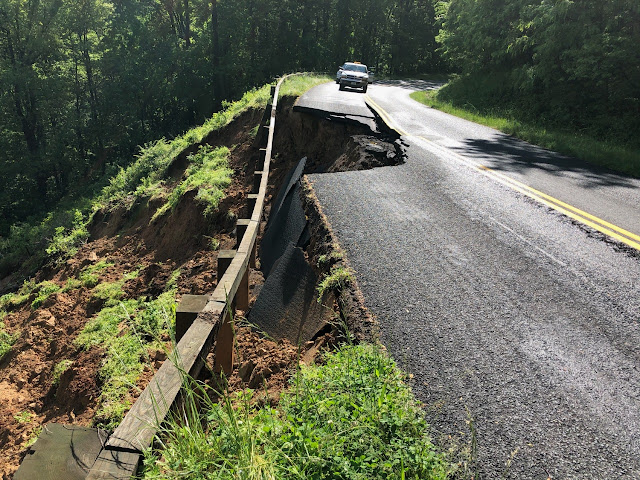Metamorphic Rocks, Diagenesis and Rock Cycle
Metamorphism is a Greek word that means 'to change form/shape'. Metamorphism is the change in the character of pre-existing rocks with the application of heat and pressure.
What happens basically is when the surroundings around a rock changes in terms of heat and pressure, the pre-existing character of the rock becomes unstable and shifts towards stability by changing itself to a more stable character. This process is known as metamorphism.
Below the earth's surface at a certain depth, the temperature rises, and the stress/pressure comes into play with the movement of tectonic plates or the plastic nature of the rocks at greater depth, below the earth's surface, and hence, the nature of rocks changes giving rise to metamorphic rocks. Nature of stress/pressure may be directed (in case of movement of tectonic plates) or uniform in case it is applied to liquids or to the plastic rocks.
Metamorphism is characterized as below:
Thermal Metamorphism: Heat is predominant in this type of metamorphism.
Cataclastic Metamorphism: Directed stress/pressure is predominant in this type of metamorphism.
Dynamo Thermal Metamorphism: In this type of metamorphism, heat and directed pressure play an equal role to change the property of rock.
Plutonic Metamorphism: The changes in the rocks at great depths are brought by uniform pressure due to the plastic nature of the rocks, and heat. Such metamorphism is known as plutonic metamorphism.
Diagenesis
It is the physical and chemical processes, mainly chemical, that takes place in the sediment deposits before the formation of rocks. It is considered that it occurs relatively at low temperatures and pressure whereas metamorphism is a rock alteration process that takes place at high temperatures and pressure.
Rock Cycle
The rock cycle shows the conversion of different rocks into one another while forming a cycle. This conversion takes place by application of different factors which are shown in the above figure. The figure, in itself, is self-explanatory.
Igneous
rock formation starts with the cooling of magma. The cooling of magma at
different depths from the earth's surface, resulting in the variation of
structure and rate of cooling down of magma, and hence, different types of igneous
rocks are formed. Igneous rocks and metamorphic rocks, due to weathering get
eroded and transported to different places by the weathering agents such as
rain, wind or water, etc. These saturated deposits, by the process of
diagenesis, form saturated rocks. Igneous rocks get converted into the
metamorphic rock with the application of temperature and pressure.
Points to Know:
Directed and Uniform Pressure




Comments
Post a Comment
Your comment will be moderated.